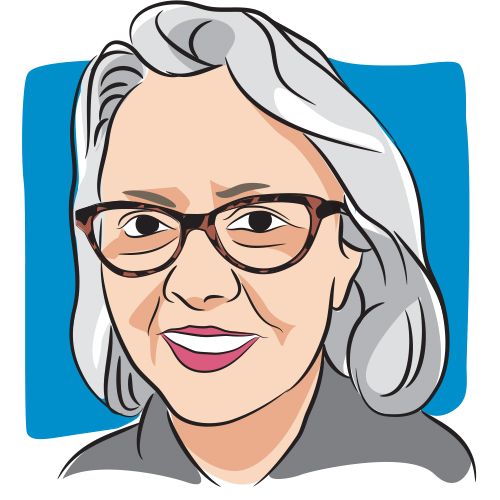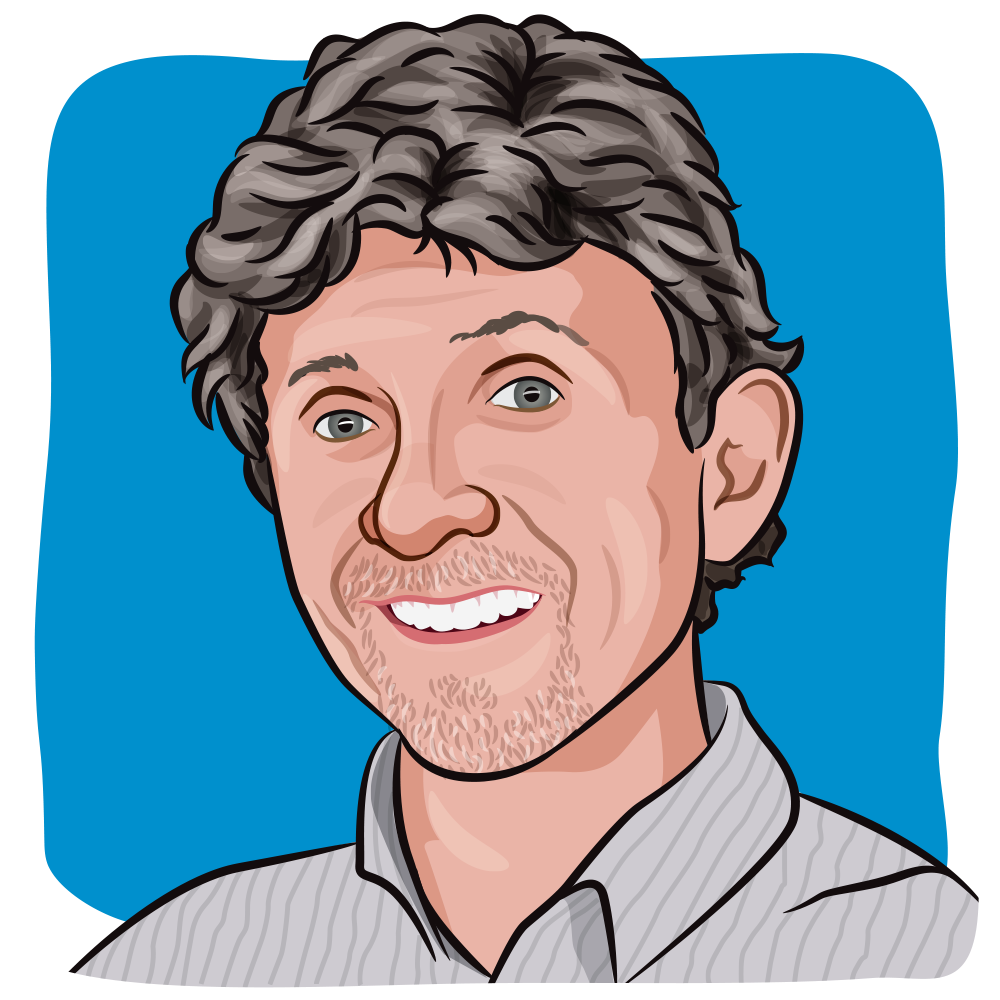Blog
Article
Musing About My Genetic Glitch
Author(s):
Although I know I am not a scientist, and understand my cancer may take a lifetime, I contemplate why I ended up with too many copies of the HER2 gene.

If I had my life to live over, I might devote it to probing the origins of cancer. Short of that, I reflect on my body, my human organism, as one big science project sometimes. Take my interest in my subtype of cancer, for example. Surviving happily, I still wonder what happened.
About 30% of breast cancers involve the overexpression of a gene called ERBB2, commonly known as HER2. Until relatively recently, HER2 cancer was more deadly. With the introduction of Enhertu (trastuzumab) and subsequent biological drugs that target HER2, it is not so much. (For the science, take a virtual visit to the National Library of Science.)
Even with the miracle drug available by the time I got HER2-positive cancer, I have remained curious about how this genetic glitch ended up coded into my DNA. If I stare at a long list of letters and numbers describing my DNA, it does look as if my DNA script got stuck on “ctrl c, ctrl v” (copy and paste). Why?
Because HER2 is not hereditary, the mutation happens in utero or, perhaps, later. Sometimes I accept the fact that an accident of nature created my mutation before I was born. Then I wonder if something my mother, or father, was exposed to caused the mutation. Or was it a twist of fate? If mutations can happen after birth because of some environmental exposure, what might my exposure have been? Such questions lead me down rabbit holes of curiosity probing a question I will not answer in my lifetime.
Some researchers have explored whether CRISPR technology might help to edit out the typo that is HER2 before it becomes cancer. William Sun and Huajin Wang, for example, found that their project did not edit out the HER2 but created a potentially beneficial mutation. (For the science, read about their project at the National Library of Science.) This makes me wonder about the future of gene editing with HER2.
I wonder if I would have wanted the opportunity for my genes to be edited before I got cancer. Recently I have been reading Siddhartha Mukherjee’s “The Song of the Cell: An Exploration of Medicine and the New Human.”For the first time, I think I understand the concept of gene editing. I used to think, naively, that meant revising the code that is on the printout from my DNA testing and somehow magically inserting the revision back into my body. Gene editing is more complicated than that. It means introducing a process that will delete or mutate a gene.
Cancer is so complicated. Truly, it is best for me to accept the simple explanation and not drive myself nuts trying to undo the done. HER2 is a not-so-simple mistake that occured in my DNA. I am fortunate to have developed this type of cancer in the 21st century and not before a humanized monoclonal antibody was developed. I should leave it at that, but I know I will keep trying to figure cancer out.
For more news on cancer updates, research and education, don’t forget to subscribe to CURE®’s newsletters here.




